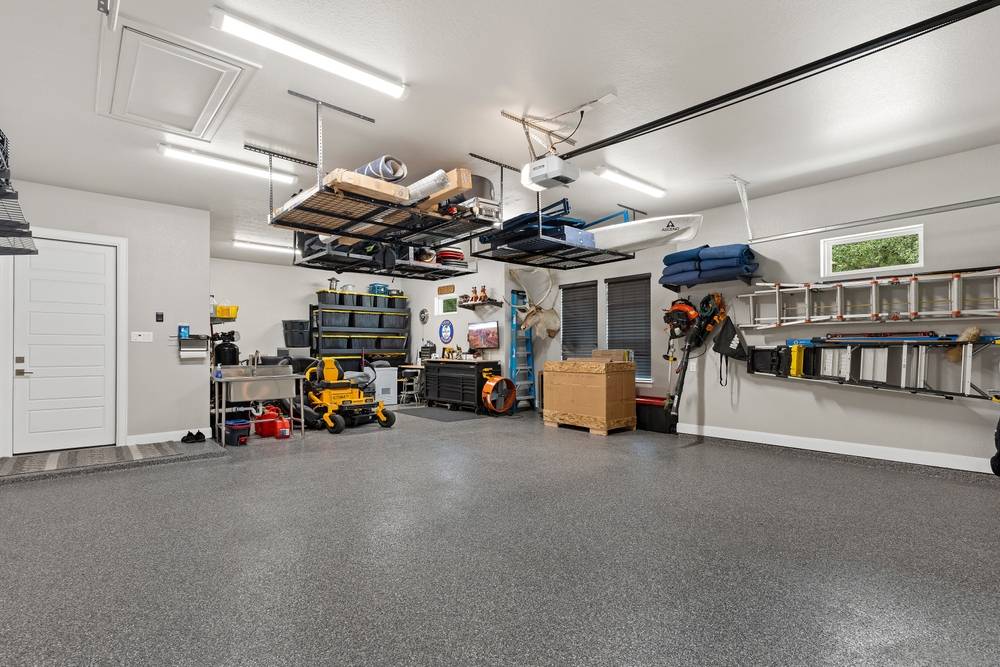Garage door torsion springs are integral components in the operation of a garage door, providing the necessary force to lift and lower the door. Understanding how they work, the different types available, and their specific uses can help homeowners maintain their garage doors more effectively.
How Torsion Springs Work
Garage Door Torsion Springs are mounted horizontally above the garage door. When the door is closed, the springs are wound tightly, storing mechanical energy. As the door opens, the springs unwind, releasing this energy and helping lift the door. The reverse happens when closing the door. This mechanism reduces the amount of effort needed to manually open or close the garage door.

Types of Torsion Springs
There are three main types of torsion springs:
- Standard Torsion Springs: These are the most common and are usually found in residential garage doors. They are mounted on a metal shaft above the door opening.
- Early-Set Torsion Springs: These springs are mounted in the middle of the torsion shaft, slightly offset from the center.
- TorqueMaster Torsion Springs: These are encased inside a torsion shaft, providing an added layer of safety as the springs are not exposed.
Each type has its specific applications and benefits, depending on the design and requirements of the garage door system.
Importance of Torsion Springs
Torsion springs are crucial for the balanced operation of the garage door. Without them, the weight of the door would be too much for the opener to handle, leading to potential damage and unsafe conditions. Properly functioning torsion springs ensure smooth and efficient operation, prolonging the life of the garage door and opener.
Selecting the Right Torsion Springs
Choosing the right torsion springs involves considering several factors, including the weight and size of the garage door, the frequency of use, and the environmental conditions. For example, doors that are used more frequently may benefit from high-cycle springs, which are designed to last longer and handle more cycles than standard springs.
Installation and Maintenance
While it is possible to install and maintain torsion springs yourself, it is essential to follow all safety guidelines due to the high tension these springs are under. Incorrect installation can lead to severe injuries or damage. Regular maintenance, such as lubricating the springs and checking for signs of wear, can help extend their lifespan and ensure safe operation.
Conclusion
Understanding the mechanics, types, and importance of garage door torsion springs can help homeowners make informed decisions about their maintenance and replacement. These components play a vital role in the safe and efficient operation of garage doors, and proper care can prevent costly repairs and ensure the longevity of the entire system.














